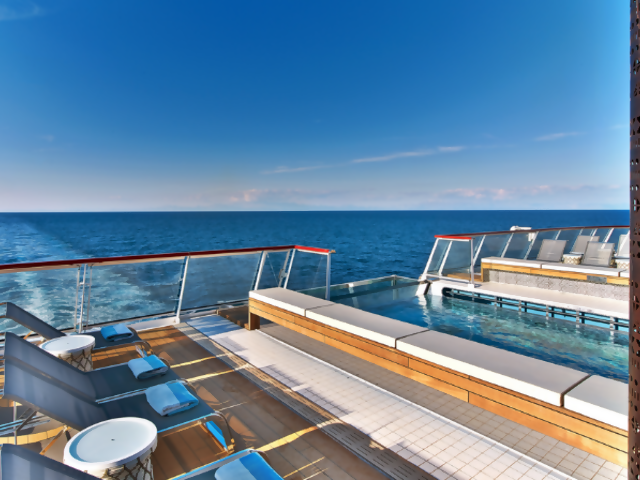
Most of us are pretty careful about sun exposure when we travel on beach vacations these days. It’s hats and sunscreen all the way to protect our skin from the sun’s rays. But how about protecting the ocean we love to visit from the chemicals in our sunscreens?
The rise of "reef-safe" or "reef-friendly" or “ocean-friendly” sunscreen claims has a lot of travelers puzzled about what sunscreen to pack that protects skin without harming the aquatic environment.
The Origin of Reef-Safe Sunscreens
A few years ago, Hawaii passed legislation banning sunscreen products containing oxybenzone and octinoxate. This move by one of the most famous beach destinations was prompted by research suggesting that these chemicals could harm coral reefs. Oxybenzone, also known as benzophenone-3, and octinoxate were found to slow the growth of certain coral species and prove toxic to others in laboratory tests.
Coral reefs are vital marine ecosystems, renowned for their rich biodiversity. They are home to a quarter of all marine species, supporting fish populations critical for fisheries and coastal communities, including those beach destinations we love to visit to swim, snorkel and dive.
Beyond their ecological significance, coral reefs act as natural defenses, safeguarding coastlines from erosion and storm damage. Yet, coral reefs around the world are under stress, and showing high rates of dying off.
Many sunscreen brands responded to Hawaii’s sunscreen restrictions by launching versions labeled "reef-safe." You may have seen them on store shelves when you’re prepping for a beach holiday. They typically use mineral sunscreen active ingredients like zinc oxide and titanium dioxide instead of the chemicals named in the Hawaii ban.
No Easy Solution
However, some experts note that coral reefs face multiple threats, not just from the chemicals in sunscreens. Other factors affecting the health of these vital ocean eco-systems include natural factors like storms, industrial pollution, ocean temperatures, and unsustainable fishing. That makes it challenging for researchers to pinpoint the true impact of sunscreen on reef health.
So there’s still uncertainty about sunscreens and their active ingredients for those of us who want to be conscientious travelers, and no clear solution.
What Should We Do?
Skin care experts continue to emphasize the importance of sun protection for skin cancer prevention. But even sunscreen and reef researchers hesitate to recommend mineral over chemical sunscreen products as the best way to protect your skin and save reefs at the same time.
However, many do point out that sunscreen isn’t the only solution. Using shade, protective clothing, and other barrier approaches to skin protection, especially in beach environments, is also useful, and can cut down on sunscreen use.
Rashguards with UV protection in the fabric, for example, have moved beyond surfing tournaments to everyday use for kids and adults who want to keep that sun off. They provide a physical barrier between the sun and human skin. There are plenty that are stylish, too.
And there are more and more options for mineral-only or chemical sunscreen products that exclude oxybenzone and octinoxate, the banned ingredients in Hawaii. They aren’t all expensive specialty products, either. You can find them even on drugstore shelves.
As you plan for your next beach vacation and start packing up hats and rashguards, this gives you something to think about before you stock up on more sunscreen.
Start Your Beach Vacation Trip!
Image: Getty
All rights reserved. You are welcome to share this material from this page, but it may not be copied, re-published, broadcast, rewritten or redistributed.


